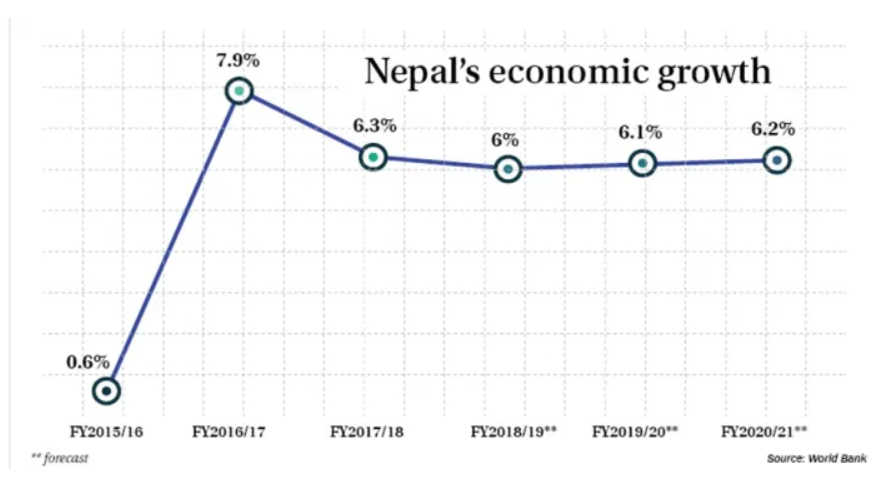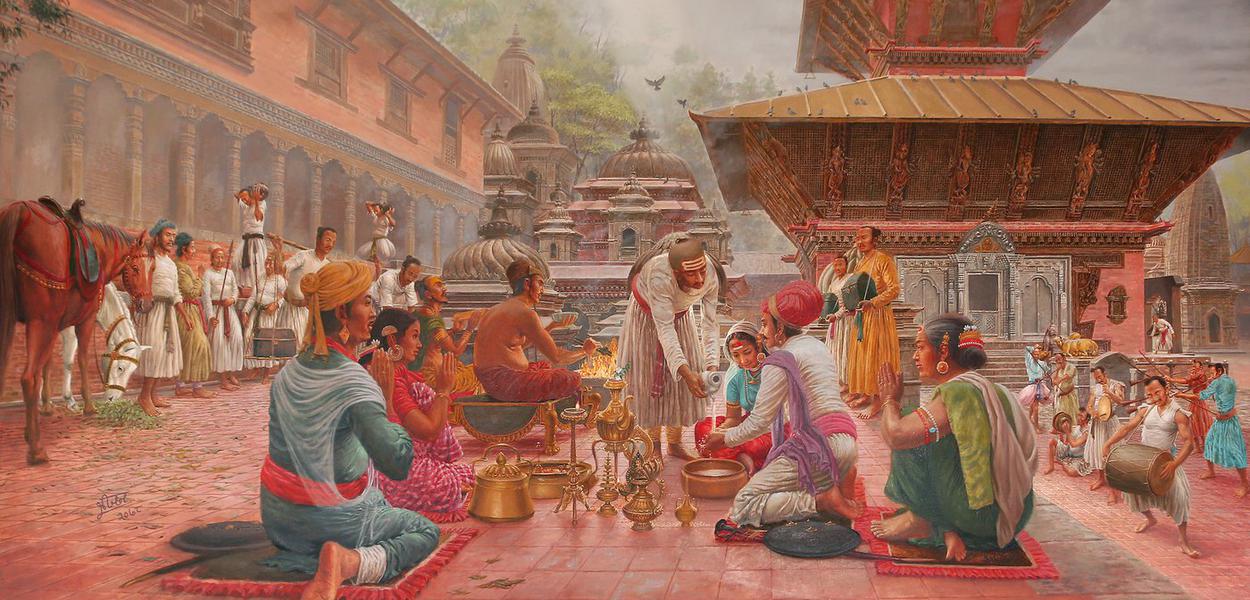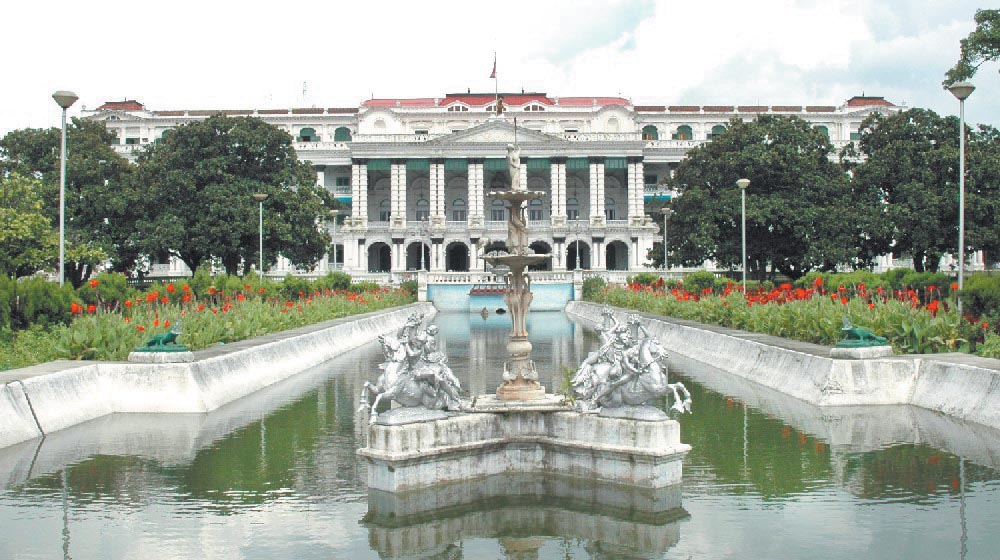Fault and Its Types
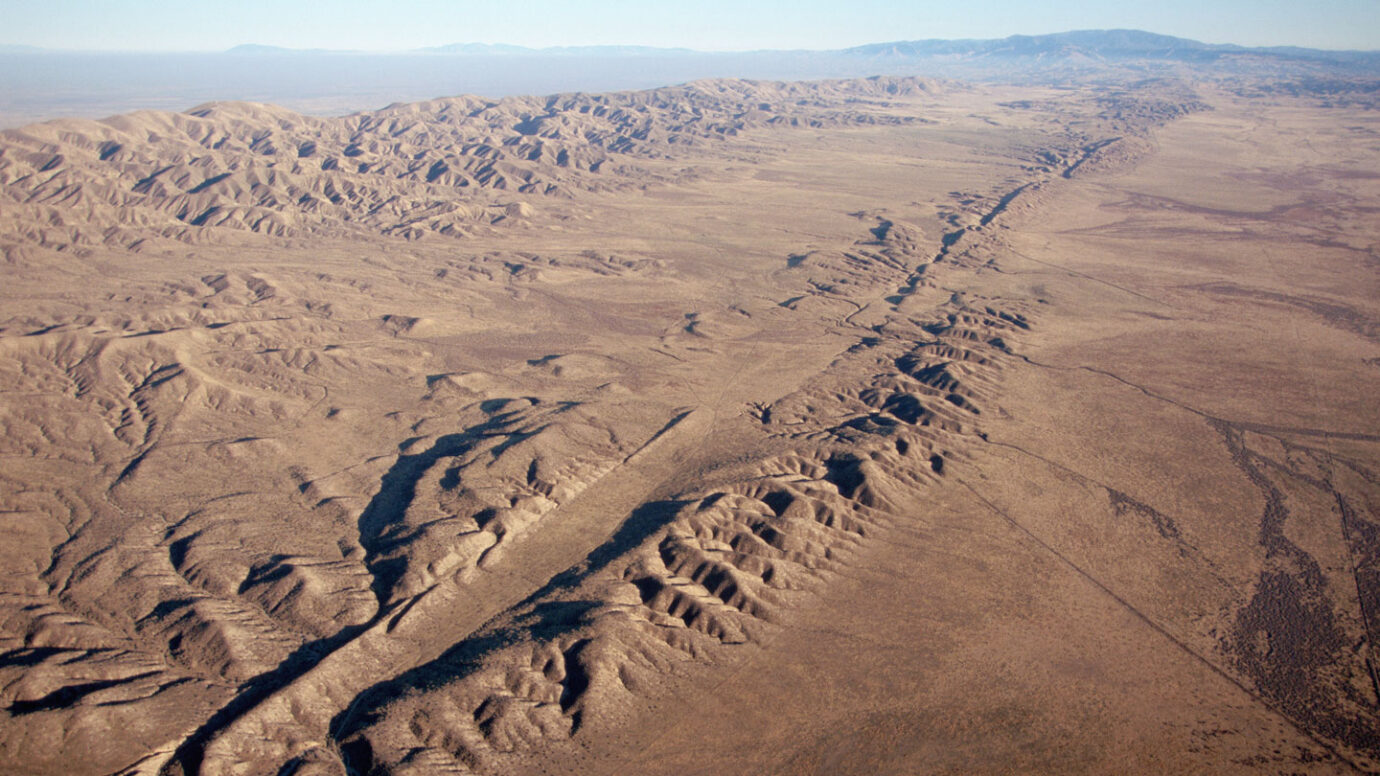
A fault is a fracture or zone of fractures in the Earth's crust where the rock on one side of the fracture has moved relative to the rock on the other side. This movement is called displacement or slip and it occurs parallel to the fault surface. Faults can range in size from small cracks with millimeter-scale offsets to large features that extend for kilometers.
Types of Faults
Faults are classified based on the direction of slip relative to the fault surface and the orientation of the fault plane. The three basic types of faults are:
Normal Faults:

These faults form when the crust is being stretched or extended. The hanging wall (the block of rock above the fault plane) moves down relative to the footwall (the block of rock below the fault plane). Normal faults often create fault scarps, which are step-like features on the Earth's surface. They are also associated with the formation of grabens and half-grabens.
Reverse Faults:
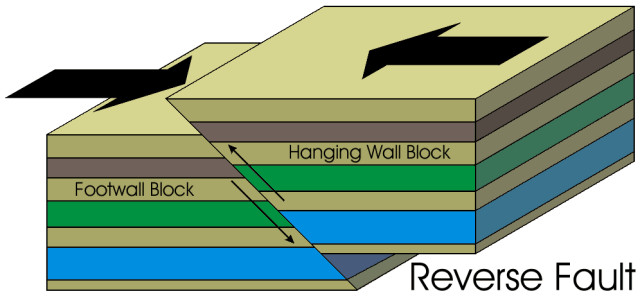
These faults occur where the crust is being compressed or shortened. The hanging wall moves up relative to the footwall. Reverse faults are typically steep, but low-angle reverse faults are called thrust faults. Thrust faults can move rock masses for tens or hundreds of kilometers. Reverse faults are associated with the formation of mountain belts.
Strike-Slip Faults:

These faults form where two blocks of rock slide past each other horizontally. There is little or no vertical movement associated with strike-slip faults. Strike-slip faults can be either left-lateral (sinistral) or right-lateral (dextral) depending on the direction of the offset when viewed from across the fault. These faults are often found at transform plate boundaries.
In addition to these three basic types, there are also:
Oblique-Slip Faults:
These faults exhibit both dip-slip (vertical) and strike-slip (horizontal) movement. The movement occurs diagonally along the fault plane.
Listric Faults:
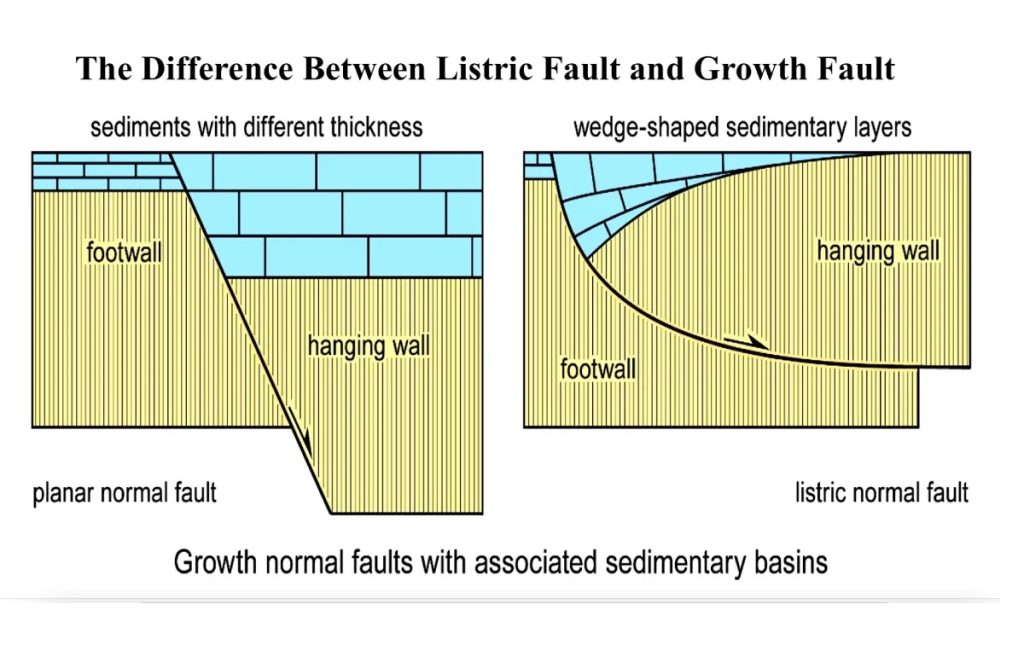
These are curved faults that flatten with depth. Listric normal faults often cause the hanging wall to rotate, creating a rollover structure.
Fault Features
Fault Scarps:
These are step-like features formed on the surface when a fault displaces the ground.
Fault Trace:

This is the intersection of a fault with the Earth's surface. It is also known as fault line.
Fault Breccia:

This is a rock composed of angular fragments that were formed during brittle fault movement.
Fault Gouge:

This is a fine powder of pulverized rock that lies along a fault surface.
Slickensides:

These are polished fault surfaces, sometimes with linear grooves called slip lineations or fault striations, that indicate the direction of movement on the fault.
Hanging Wall and Footwall: These terms are used to describe the blocks of rock on either side of a non-vertical fault. The hanging wall is the rock mass above the fault plane, while the footwall is the rock mass below the fault plane.
Displacement: This is the distance that rocks on one side of a fault have moved relative to the other side, measured along the fault surface.


